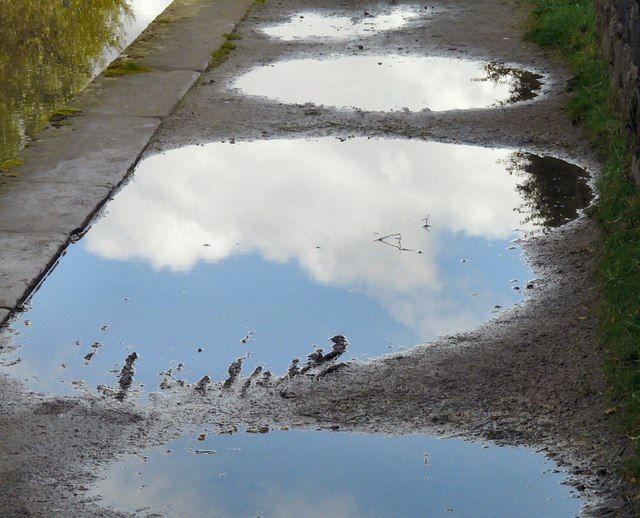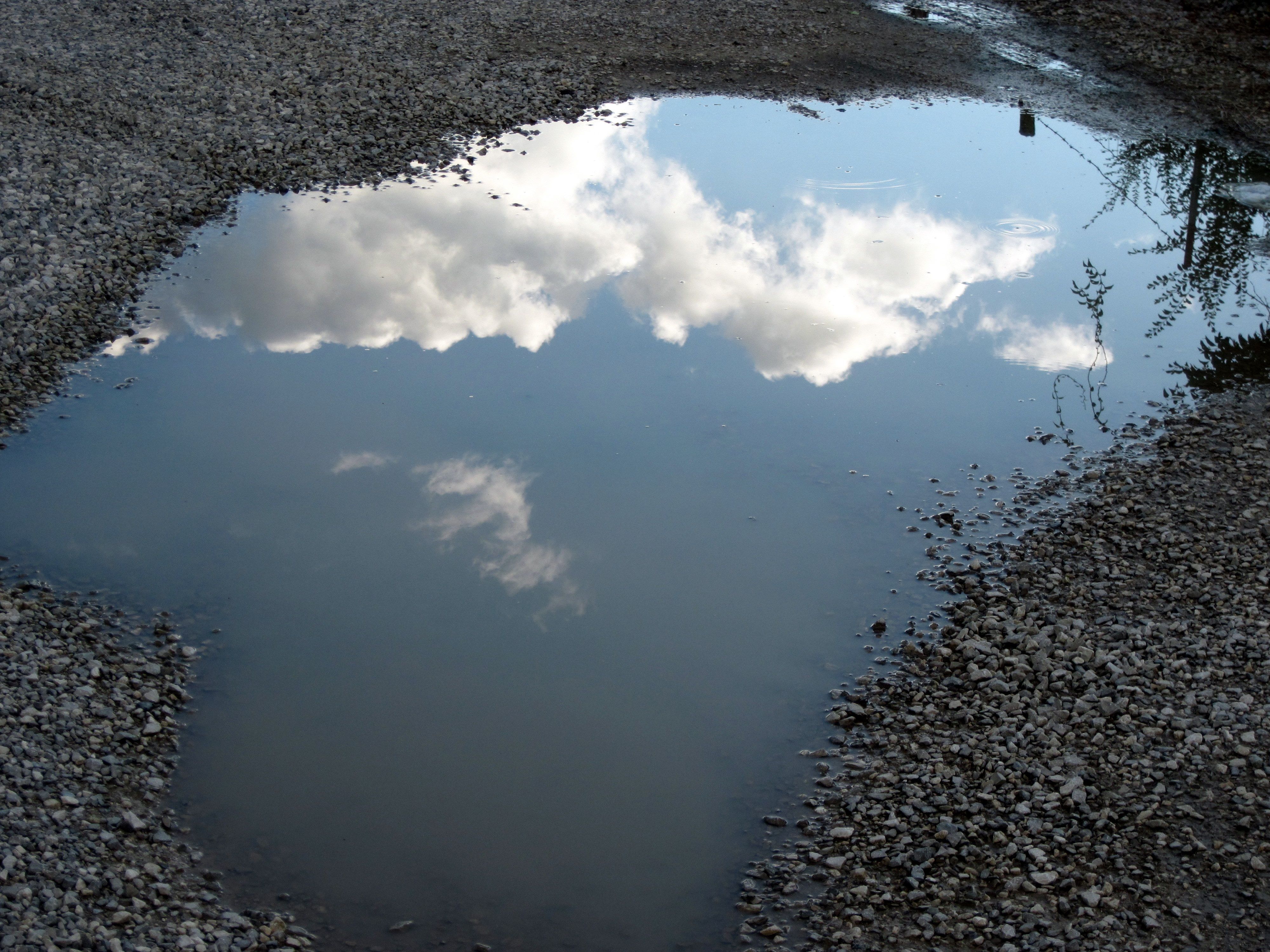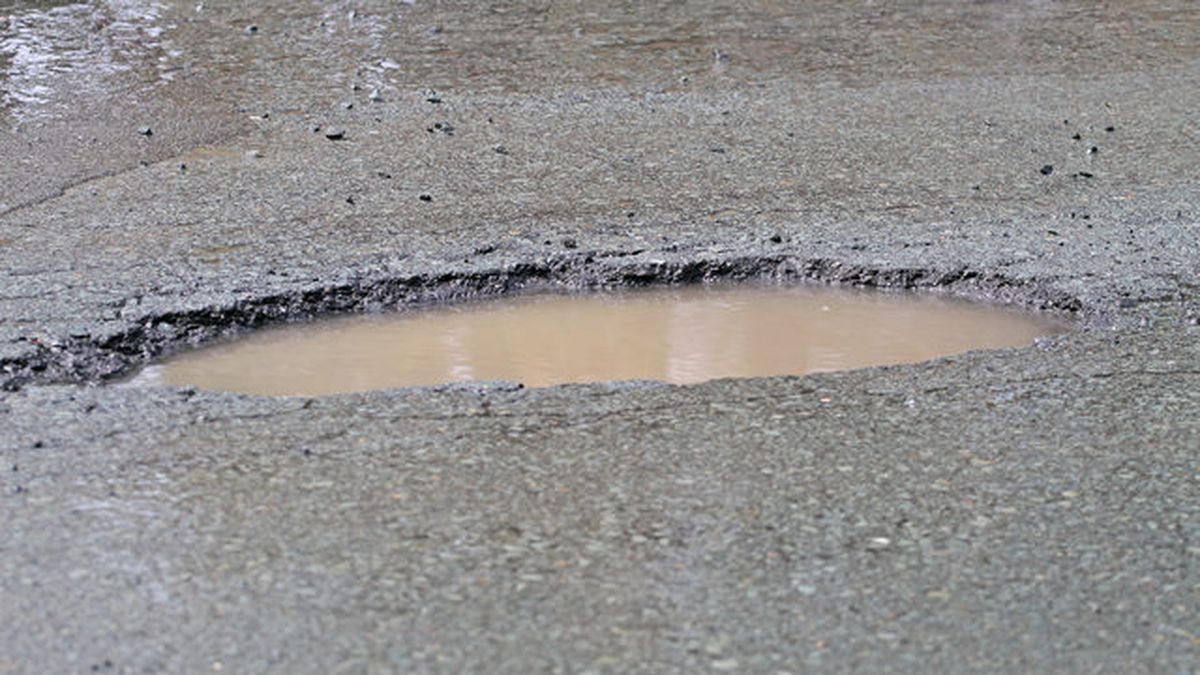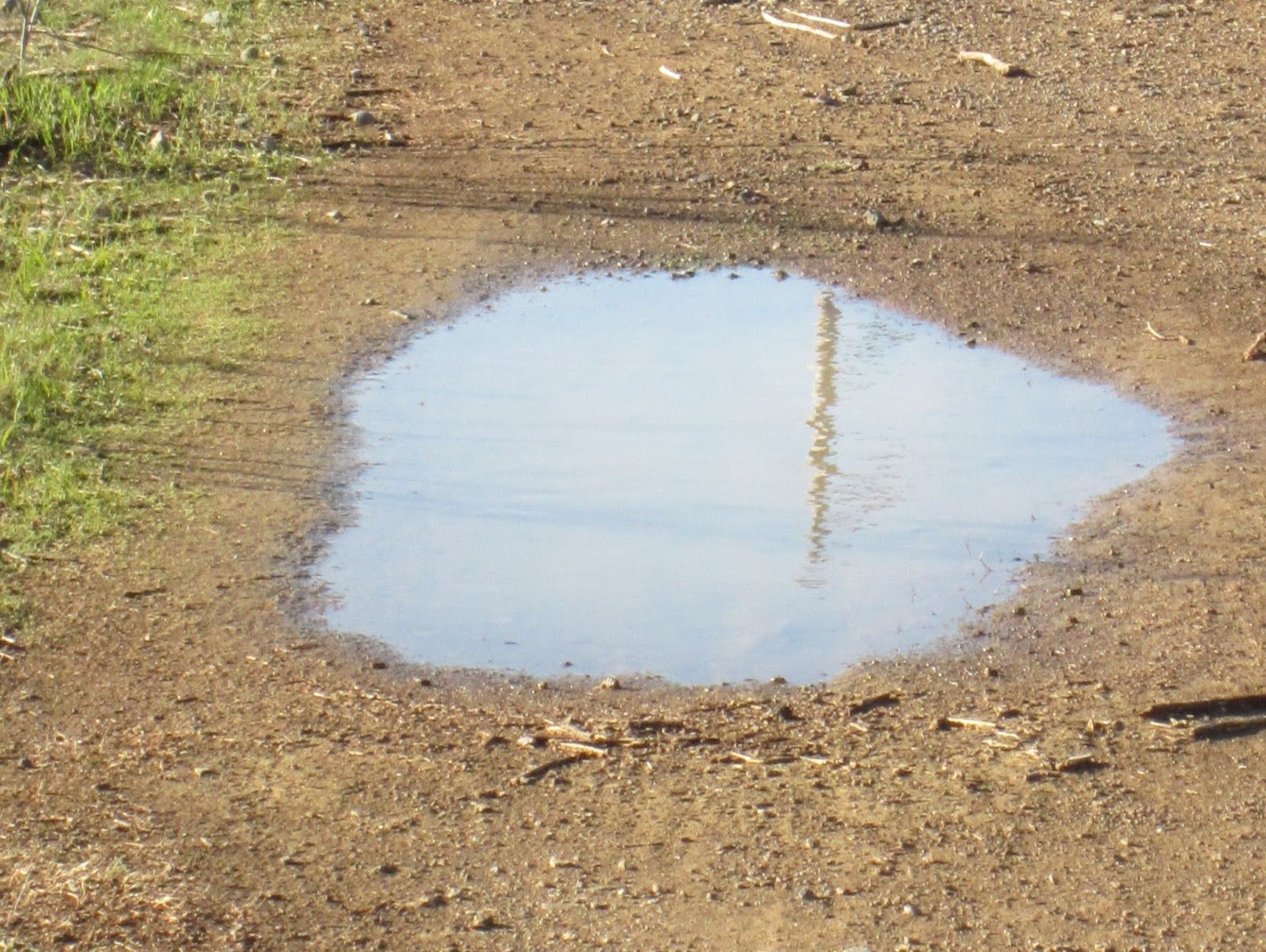The body doesn’t just absorb pulses or discrete stimulations; it infolds contexts…
— Brian Massumi
Dear Visitor,
A portal is often thought of as the doorway or entrance to a place. But for performance-based artists, it's more than a point of transition; it's a space in and of itself, an imaginary zone where gravity and sense-making may be disoriented and fluid, a porous environment where the past and future collide. To enter a portal is to invite getting lost.
In 2017, I founded The Portal as a way to explore what it means to archive performance, asking how an archive might operate as a kind of "living" space that develops protocols for process and regeneration, attuning to the ways of knowing that emerge from embodied practices.
Embodiment is the idea that knowledge is grounded in sensory and lived experience. While the concept is used differently across contexts, it tends to involve a frustration with binary constructs such as mind/body, subject/object, and knower/known. Instead, it suggests that cognition is shaped by the entire organism, including its situated and social point of view.
Experiences of embodiment are innumerable. Through my collaborations with artists, I’m committed to learning from the varied and complex experiences that shapes the ground of living and gathering. Attuning to the sensorial and somatic dimensions of memory and history, I approach this work with a spirit of unknowing, dedicated to qualities of relationality, plasticity, diversity, and adaptability.
The Portal engages archival practice, while also incorporating my own explorations of performance and curatorial practice. The website features an index of projects that I have authored and/or collaborated on. It extends backward and forward in time, functioning as a portfolio, repository, or drawer of disciplines, inquiries, histories, and practices.
The site is meant to be adaptive, responsive, and open-ended much like the living archives framework that's central to my work. Rather than attempting fixity, the living archive operates regeneratively, working with memory to capture multiple perspectives over time. I invite you to enter The Portal and risk getting lost.
Here is an ongoing collection of keywords that loosely give a feel or mood for this work. They inform a way of thinking, practicing, and researching in The Portal.
- animation
- internal landscapes
- ephemeral formats
- perception
- disability studies
- access
- shapeshifting
- gathering
- emoji
- foreign dances
- autobiography
- capitalism
- wearable sculpture
- mapping
- humor
- sensation
- street dance
- trance
- disorientation
- fantasy
- contracts
- precarity
- refusal
- grief
- nonfigurative
- visual rhythm
- collaboration
- choreography
- embodied transmission
- body
- Black studies
- ghost towns
- desire
- deadpan
- weather
- systems theory
- deep listening
- orality
- vaporizing
- documentation
- camera
- call and response
- effort
- voguing
- transformation
- haptic visuality
- speech acts
- tactility
- black hole
- memory work
- healing
- object relations
- praxis
- metaphor
- restaging
- dance of darkness
- dance in museums
- postmodern dance
- abstraction
- care work
- phenomenology
- day into night
- dance floors
- ghosts
- access intimacy
- Buster Keaton
- line drawing
- sculpture
- improvisation
- embodiment
- Judson Dance Theater
- figurative
- Butoh
- anatomy of gesture
- interference
- modern dance
- pattern recognition
- body madness
- cartoons
- spatial relations
- Irish step dance
- textuality
- visual storytelling
- clown
- parody
Or maybe these puddles offer a way of visualizing a portal.






I am available for creating, collaborating, consulting, and teaching. You can read more about my work and approach below.
—Cori Olinghouse
Body: it is a world-building word, filled with potential, as with glitch, filled with movement.
— Legacy Russell
I am suggesting that atmospheric attunements are a process of… worlding—an intimate, compositional process of dwelling in spaces that bears, gestures, gestates, worlds. Here, things matter not because of how they are represented but because they have qualities, rhythms, forces, relations, and movements.
— Kathleen Stewart
Contact
The Portal
1923 8th Avenue
Lenapehoking, Brooklyn, New York
Access information:
The Portal is located in a ground-floor artist studio on 20th Street at 8th Avenue, across the street from Green-Wood Cemetery. The space is framed by a large slatted gate fastened by magnets. Upon entering, the gate swings open to reveal two large windowed doors. There is a lip measuring 5.25 inches tall that is not wheelchair accessible. The space measures approximately 16 by 17 feet with floor to ceiling shelving along the back wall. The space contains a single-use all gender restroom; the door swings inwards and is not wheelchair accessible.
For inquiries about my work or visiting, please email: olinghouse.portalproject@gmail.com
For ongoing thought experiments, visit @corihouse on Instagram.
Please join the mailing list for intermittent emails about upcoming projects:
Credits
Website design: Laurel Schwulst
Developer: Ian Glover
Collaborating archivist Fall 2023: Abigail Sebaly
Curatorial fellows 2019-20: Zane Onckule and Raechel Hofsteadter
Special thanks to Lauren Simkin Berke, Ann Butler, Lauren Cornell, Nicole Daunic, Molly Davies, Ian Glover, Emily Harney, Raechel Hofsteadter, Kai Kleinbard, LeiLy Kleinbard, Ciena Leshley, Shona Masarin, Megan Metcalf, Sam Miller, Brooke Nicholas, Zane Onckule, MiRi Park, Laurel Schwulst, Abigail Sebaly, Noémie Solomon, Karinne Keithley Syers, Kay Takeda, and Caroline Woolard for your ongoing support of this work. Special thanks to the artists who are featured on this site.
The images and texts on this website are the intellectual property of the artists who created them.
Copyright © 2021 Cori Olinghouse
FAQ
Conversation between Zane Onckule and Cori Olinghouse at Metrograph on 7 Ludlow Street in New York City, 2019
Zane Onckule: How does The Portal behave in the world?
Cori Olinghouse: It carves out a space that has an attention towards process. This project lives in a state of transition or a kind of in between. As an artist, I'm very inspired by histories of animation and cartoons and this structural principle of ‘inbetweening,’ which basically is when an animator gives the feeling of squash and stretch between two silhouettes. For example, so that a ball can appear like it’s bouncing.
With the archiving aspects of this work, I work closely and intimately with artists by ways of mapping nonverbal logics that have to do with spatial and temporal and social complexities. I’m interested in how we share knowledge and culture. And also a way of caring for bodies in a culture that unfortunately tends to undervalue embodiment.
ZO: Okay, thank you. Now let's play an association game. I want us to think about all this, while rooting it in something more tangible. So if I say “portal,” what are a few words or images that come to you?
CO: Oh, interesting. I think the first word that comes to mind is mutable. And I think another word that comes to mind is transformation. And then I think the image that comes to mind is this kind of a dimensional pool. A place to kind of slip through, a place that holds multiple senses of time, multiple senses of space.
ZO: I think it's interesting what you just said about a pool or thinking of a body of water, like an ocean. And then again like the reference to “Panta Rhei,” the Latin term—everything flows. It's like the nervous system and an ecosystem at the same time. It's changing all the time.
CO: I'm interested in the way the body is composed of multiple and interrelated complex systems. The circulatory system, the nervous system, the fluid system, the organs, bones, skin, the senses, and so on. The Portal creates a space for deep listening or sensing that explores the complexity of the body as a kind of metaphor for ways of looking at systems that are processual, that deal with change, that deal with aging, debility, remembering, forgetting. Dynamic, changeful systems.
ZO: Yeah, speaking about the systems, can you please try to summarize the elements or the lenses of The Portal?
CO: Sure. The primary lens of The Portal, in terms of methodology and approach, is improvisation. Improvisation deals with ways of organizing that are both structured and mutable—always changing and in flux. So, structures that appear and dissolve, that change form, transmutate. The ways that artists exchange knowledge inside of improvisational systems has a lot to do with collaboration, call and response, and ways of reading information that takes place on the nonverbal, intuitive, or subconscious level.
This also has to do with dissonance—the way, for example, jazz takes into account both an individual and a collective perspective. I use improvisation because of its ability to deal with form in a way that’s plastic. A way of attuning to structures that are adaptive and can shift based on what's happening in an environment. As a methodology, it feels essential because of the way our structures and systems need to respond to the sociopolitical realities of what's happening around us.
ZO: I'm curious how this kind of flexibility maybe meets, inflexible situations or instances. Maybe ethically or financially when interacting with institutions?
CO: Well, part of what happens through The Portal is that I partner with artists and institutions to carry out various kinds of collaborative projects. The Portal can take the shape of many different kinds of contexts and scenarios. And because of that, it can become a slightly invisible kind of agent.
ZO: It can shape and then it can also be shaped by conditions.
CO: Yes, it can shape and it can be shaped by conditions. And so, part of the intervention The Portal is trying to make is how to care for the kind of knowledge that emerges from performance practices that is rarely valued in the context of a commodity driven culture. And because of that The Portal is an ephemeral project. I’m concretely looking at the creative practices, ideas, and methodologies that under U.S. copyright law (for better or worse) cannot be copyrighted (only the ‘tangible remains’ or tangible objects and documents).
The Portal can do two things. It can shapeshift into multiple logics and can carve out another way of looking to create institutional interventions in very subtle and invisible ways.
It is hard to sometimes meet fixed logics. So this becomes the tension, and again, that's why I use improvisation as a methodology because improvisation deals with these tensions of structure and form, but also of formlessness.
ZO: I’m curious who are the friends of The Portal?
CO: There are many layers to this. There are several artists that I'm engaged with through ongoing and long-term collaboration and conversation. These artists cross many different performance aesthetics and lineages.
I'm additionally working with many social dancers and improvisers that are based in street dance forms that originated in New York City.
And then there are a series of institutions that I've been working with. Recent projects include: The Museum of Modern Art for their 2018-2019 exhibition Judson Dance Theater: The Work Is Never Done curated by Thomas Lax and Ana Janevski. I've additionally collaborated with The Studio Museum in Harlem on their first performance acquisition by artist Autumn Knight called WALL. This is also my fifth year teaching at the Center for Curatorial Studies at Bard College.
There are a series of long-term research collaborations that involve working artists and practitioners across different forms. One is with experimental filmmaker Jules Rosskam where we've been looking at questions of ethics and sensation in terms of working with cameras and documentation, asking, “how do we look with the body and not at the body?”
I’m also working with the Director of the Library and the Archives at Center for Curatorial Studies at Bard College Ann Butler to develop a kind of poetic terminology for ways of working with archives that perhaps suggest expanded metaphoric ways, embodied ways that one encounters archival material.
ZO: I'm just wondering if The Portal has a moment to stretch legs and maybe you can speak about your artistic projects. So something in relation with all the things that you mentioned.
CO: Doing this work requires being able to draw from my own embodied practices. I find it is essential to be studying and working with mentors, artists, and practitioners that I admire in addition to having a regular improvisational studio practice. What this enables is a situated way of working that includes and considers the body as a form of knowledge exchange.
ZO: Maybe slightly revisiting or repeating what you've said earlier, I'm curious about the notion of methodology that The Portal refers to. What does it entail?
CO: I'm developing an improvisational methodology that includes a set of principles and way of working rather than a fixed ascribed logic that can be applied for every situation. And it specifically looks at how transmission happens. And when I use the word transmission, I specifically mean how knowledge is transmitted from one body to another.
Having worked in performance forms that are rooted in American postmodern lineages, but also social dance lineages that are based in percussion and rhythm-based knowledges, I've seen various forms of memory take place in the body. Everything from aural memory to spatial memory, to a kind of tactile, or haptic memory. In Western culture, we predominantly talk about muscle memory as the main way that artists working in performance are recalling or retrieving gestural material. But even how memory is taking place contextually or socially has a lot of variation and complexity within it.
And then I'm looking at the kinds of documents and objects that artists are idiosyncratically taking up by way of notating their own systems. And then, constructing or building an archive that bears some kind of kinship to the way artists are working.
ZO: Great. If The Portal would be a superhero, which one would it be and what kind of powers would it have?
CO: I love that idea. I think it would be a combination of a medium but also the superhero character that's like a rubber band. The elastic person who can stretch and change shape and form and who has a kind of plasticity. And then I think in terms of projects that I might fantasize or imagine...
ZO: And so, The Portal is kind of the good witch in a way...
CO: I don't know that's tricky. In some ways I think The Portal has to be careful about that idea because I'm often touching very sensitive and private material. Especially for artists that are emerging out of vernacular practices, it's like sharing a comedian's jokes. Not everything should be shared and some things need to remain private. And especially because I come to this work as a white postmodern practitioner.
It's not necessarily about creating visibility. Being involved in these histories at such a close angle involves a messy and complicated interacting set of different conditions and positionalities. So how to make sure that the artists that I'm working with feel like they're being cared for and not taken advantage of, and then how to transition those situated knowledges at the institutional or archival level. I hope to work alongside artists. I don't necessarily see it as the good witch, but maybe a mercurial witch or wizard, I don't know.
ZO: What are the limits for Portal? What does The Portal never do?
CO: Yes.
ZO: I know it's a really crazy, weird question…
CO: No, it's really good.
ZO: Because maybe you could segue to speaking about the most recent interest in museums.
CO: In terms of ideas of archiving, I don’t want to prescribe fixed logics, or standardized ways of diagramming, notating, archiving, mapping performance. It's essential that The Portal looks at complex behavior and develops structures that are artist-driven and experimental.
In restaging historical performance works, I’m not attempting a strict fidelity to an original work. I'm not trying to replicate or repeat something from the past exactly the way it happened. I care deeply about working in alignment with what is alive both structurally and formally, but also in terms of wilder ways of looking at rhythm and space and social interaction and so on.
ZO: It's kind of ethical code or the manifesto in progress.
CO: Yes.
ZO: I'm wondering how someone might get involved in The Portal...
CO: Great! People can reach out to me as the founder and director for more information.
ZO: Thank you, Cori.
CO: Thank you, Zane